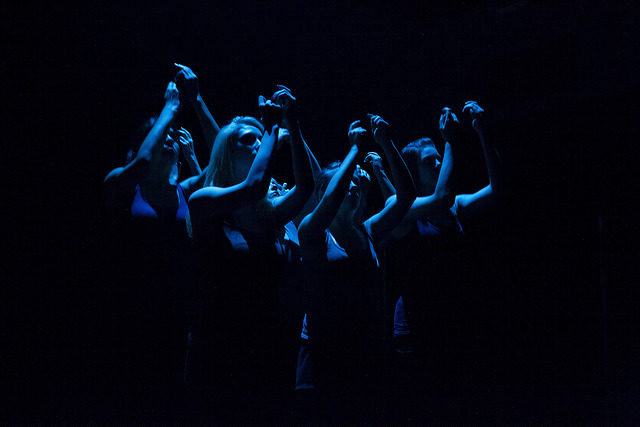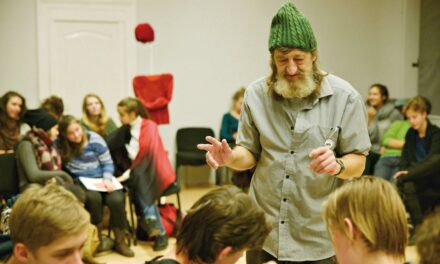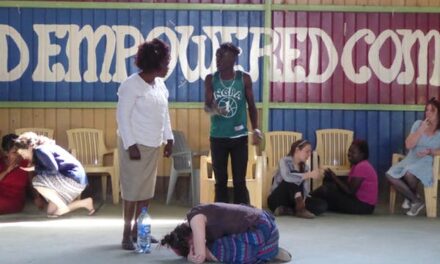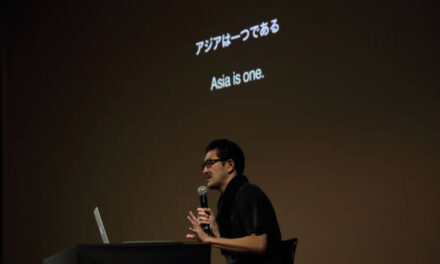Let us consider that the evolution of institutional criticism has been conducted in relation to actual political and economic situations, and thus in relation to changes in the systems of arts production. In Poland, as in other countries of Central and Eastern Europe, institutional changes took place in different time frames than in Western Europe, which was influenced by local political institutions. The tempo of changes increased in the 1990’s, reflecting the sudden clash between capitalism and the previous state economy. To a certain degree, we saw a repeat of the situation observed within Western arts institutions in the 1970’s.
Institutional critique of that time challenged national arts institutions and national cultural institutions in Western Europe and the USA, which were meant to create the frameworks for that which is normative, national and social. Artists were then asking why, in certain institutions such as museums, minorities or marginalized majorities (women, BME groups) were not represented. It is worth noting that the institutional model of the time functioned in terms of the Fordist model of economics. Institutional critique postulated at the time a negation of institutions as such, the building of new institutions and including critique into existing frameworks. In this way, arts institutions were made to include minority colonized cultures, feminism, ecological movements, etc.. In Poland, due to social and economic conditions, such an approach dominated theatrical institutions in the 1990’s and the first few years of the 21st century.
Such a model of institutional critique fell away in Western culture, according to Hito Steyerl, in the 1990’s, which was a time of transformation from the Fordist system of organizing production along with a change in geopolitical order, and of change from the national to a transnational space. At the time, a process of symbolic integration between critique and institutions was initiated, or rather with the surface of institutions, without any tangible consequences for the institutions or their organizational systems. This, in turn, is a mirror of similar processes which takes place on a political level: symbolic gestures of integrating minorities, while basic political and social inequalities remain firmly in place.
Hand in hand with a change in economic systems which was part of the late, neoliberal capitalist phase, changes took place in the way public space functioned and was at the same time defined. On the one hand, we saw the erosion of the public sphere, connected with its commercialization and commodification, along with subjection to demands of production, on the other, however, thanks to feminist and postcolonial critique, Habermas’ presumption of homogeneity in the public space has been dismissed, space which is commonplace (each one different, according to class or social grouping) and whose interdependent relations are constantly reformatted.
I am convinced that in the current political and social environment, with regards to the vanishing of the public sphere and its continuous, stubborn transformation into a sphere of capitalist production and consumption, in which conflict, discussion and the clash of many opinions become impossible, activities related to public institutions are not irrelevant. Quite the opposite: not only do they have very real political consequences but are above all a step forward (or backward) in the struggle over space for the public sphere. Activities and decisions related to public cultural institutions and access to culture itself will become part of this struggle, whether they like it or not, and in this way, they directly take part in the process of creating or destroying democracies.
This post originally appeared on Eastern European Performing Arts Platform on June 14th 2017 and is reposted with permission.
This post was written by the author in their personal capacity.The opinions expressed in this article are the author’s own and do not reflect the view of The Theatre Times, their staff or collaborators.
This post was written by Marta Keil.
The views expressed here belong to the author and do not necessarily reflect our views and opinions.


















